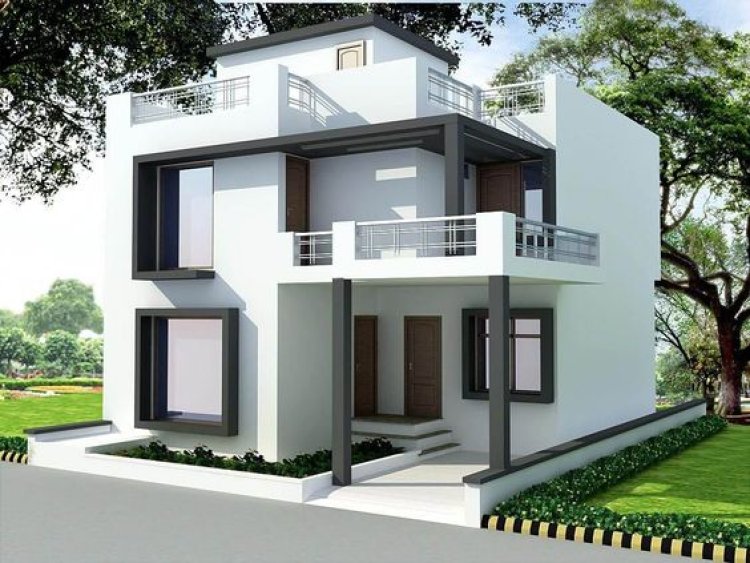Exploring Front Elevation Designs: The Key to Crafting a Memorable First Impression
The front elevation of a building is more than just a façade; it’s the face of a home or commercial space and often sets the tone for the entire structure. This initial visual encounter is crucial as it forms the first impression for visitors and passersby. Crafting a compelling front elevation design involves a blend of aesthetics, functionality, and context, making it a significant aspect of architectural planning.
Share this Post to earn Money ( Upto ₹100 per 1000 Views )

The front elevation of a building is more than just a façade; it’s the face of a home or commercial space and often sets the tone for the entire structure. This initial visual encounter is crucial as it forms the first impression for visitors and passersby. Crafting a compelling front elevation design involves a blend of aesthetics, functionality, and context, making it a significant aspect of architectural planning.
Front elevation designs vary widely, reflecting different architectural styles, preferences, and contextual needs. One of the primary considerations is the architectural style of the building. Traditional styles, such as Colonial or Victorian, often emphasize symmetry, detailed ornamentation, and classic materials like brick or stone. In contrast, contemporary designs might focus on sleek lines, large glass panels, and innovative materials like steel and concrete, reflecting a more modern and minimalist approach.
A key element in front elevation design is the use of materials. The choice of materials not only affects the visual appeal but also impacts the building’s durability and maintenance. For instance, natural stone or brick can provide a timeless and sturdy appearance, while materials like stucco or wood can offer warmth and texture. The combination of materials can create visual interest and highlight architectural features such as columns, arches, or decorative moldings.
Another crucial aspect is the color palette. The colors used in the front elevation can dramatically influence the building’s character. Neutral tones like beige, gray, and white are often chosen for their versatility and ability to blend with various surroundings. However, bold colors can make a striking statement and set a building apart from its neighbors. It’s important to consider how the chosen colors harmonize with the landscape and neighboring structures to ensure a cohesive look.
Windows and doors are integral to the front elevation, contributing to both the aesthetic and functional aspects of the design. Large, strategically placed windows can enhance natural light and views, while door designs can add character and serve as focal points. The choice of window shapes, sizes, and framing materials should align with the overall architectural style and contribute to a balanced and inviting appearance.
Landscaping also plays a significant role in complementing the front elevation. Thoughtfully designed landscaping can frame the building, enhance its features, and create a welcoming environment. Features such as pathways, garden beds, and outdoor lighting can accentuate the building’s façade and provide a harmonious transition from the exterior to the interior.
Architectural detailing is another crucial consideration. Elements such as eaves, cornices, and trim work can add depth and interest to the façade. The careful application of these details can elevate a design from ordinary to exceptional, creating a sense of craftsmanship and attention to detail.
In summary, front elevation designs are a vital component of architectural planning that combines style, material choice, color, and detail to create a memorable and functional exterior. By thoughtfully integrating these elements, designers can craft a façade that not only meets aesthetic and practical needs but also makes a lasting impression on all who see it. Whether aiming for a classic look or a modern statement, the front elevation is a canvas where architecture and design come together to showcase the building’s identity and charm













